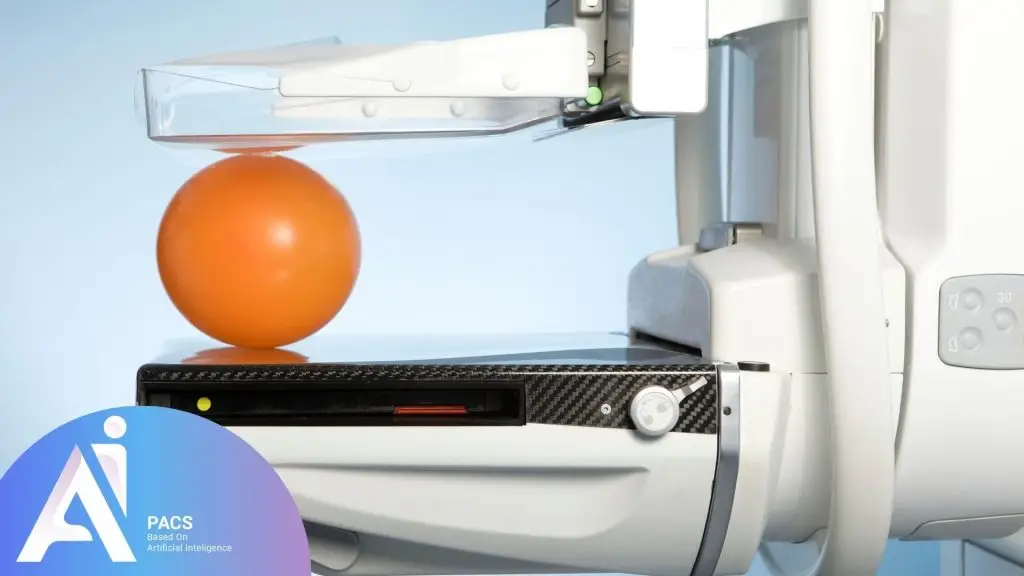What is nipple discharge?
Nipple discharge refers to any fluid or secretion from the breast’s nipple. It can vary in color, consistency, and amount and may occur spontaneously or when the nipple is squeezed. While it is often harmless, certain types of discharge can signal an underlying condition that requires medical attention.
Common causes and concerns
Nipple discharge can result from various factors, from physiological changes to medical conditions. Common causes include hormonal fluctuations, infections, benign growths like papillomas, or, less commonly, breast cancer. Recognizing the type and frequency of discharge is key to understanding its cause.
When to Seek Medical Advice
Signs of normal vs. abnormal discharge
Normal discharge is often clear or milky during pregnancy, breastfeeding, or hormonal shifts. On the other hand, abnormal discharge may be bloody, green, or accompanied by pain or lumps, and it often occurs spontaneously without stimulation.
Importance of early evaluation
Seeking medical advice early ensures that potential issues are diagnosed and treated promptly. Early evaluation can help differentiate between benign and serious conditions, offering peace of mind and effective care when necessary.

Role of Mammography in Diagnosis
Mammography plays a crucial role in evaluating nipple discharge, providing detailed images of breast tissue to identify any underlying abnormalities. It is a non-invasive and highly effective diagnostic tool for detecting benign or malignant changes that may not be palpable during a physical exam.
How mammography works
Mammography uses low-dose X-rays to capture detailed images of breast tissue. The breast is gently compressed to spread the tissue evenly during the procedure, ensuring clear and precise imaging. This allows radiologists to spot abnormalities like masses, calcifications, or structural changes linked to nipple discharge.
Why it’s recommended for nipple discharge
Mammography is often recommended for nipple discharge, especially when it is unilateral, bloody, or associated with other concerning symptoms. It helps in ruling out serious conditions like breast cancer while identifying benign causes such as duct ectasia or intraductal papillomas. By providing early and accurate diagnosis, mammography guides appropriate treatment plans.
Preparing for a Mammography
Proper preparation can make your mammography experience smoother and more comfortable, ensuring accurate results. Knowing what to expect and how to prepare helps reduce anxiety and allows for a successful procedure.
What to expect during the procedure
You will be asked to stand in front of the mammography machine during a mammography. The breast is placed flat and gently compressed with a paddle to spread the tissue evenly for clear imaging. The procedure typically takes about 20 minutes, and you may feel slight discomfort or pressure, which lasts only a few seconds during image capture.
Tips for a comfortable experience
- Schedule Smartly: Choose a time when your breasts are least tender, such as a week after your menstrual period.
- Avoid Lotions or Deodorants: Do not apply lotions, powders, or deodorants on the day of the procedure, as they can interfere with the imaging.
- Wear Comfortable Clothing: Opt for a two-piece outfit to easily remove the top.
- Communicate with the Technician: If you feel any pain or discomfort during the procedure, let the technician know. They can make adjustments to improve your comfort.
- Stay Relaxed: Take deep breaths to help reduce tension, which can ease the compression process.
By being prepared, you can make the mammography process as stress-free and effective as possible.
Understanding the Results
After mammography, the findings provide critical insights into the health of your breast tissue. Understanding how these results are interpreted helps you make informed decisions about any necessary follow-up or treatment.
How mammography findings are interpreted
The images from your mammogram are reviewed by a radiologist, who looks for abnormalities such as:
- Calcifications: Small calcium deposits in the breast, which may be benign or, in some cases, indicate cancer.
- Masses: Lumps or dense areas that could be benign cysts, fibroadenomas, or tumors.
- Structural Changes: Distortions in the normal architecture of the breast tissue.
The findings are typically categorized using the BI-RADS (Breast Imaging-Reporting and Data System), which ranges from 0 (incomplete) to 6 (known biopsy-proven malignancy). Each category guides whether additional tests or interventions are needed.
Your doctor will explain the results and, if necessary, recommend further imaging, a biopsy, or follow-up care based on the findings.
Treatment Options for Nipple Discharge
The treatment for nipple discharge depends on the underlying cause. Addressing both benign and serious conditions ensures effective management and prevents complications.
Managing benign conditions
For benign causes such as hormonal changes, duct ectasia, or intraductal papillomas, treatment may include:
- Observation and Monitoring: If the discharge is not concerning, your doctor may recommend regular follow-ups.
- Medications: Hormonal imbalances may be treated with medications to regulate levels.
- Duct Removal: For persistent or bothersome discharge caused by duct ectasia, surgical removal of the affected duct might be an option.
In many cases, benign conditions require minimal intervention, and lifestyle modifications, like reducing caffeine intake, can also help.
Addressing serious underlying causes
If the discharge is linked to a more serious condition like breast cancer or an infection, treatment may include:
- Infections: Antibiotics are prescribed for infections like mastitis.
- Cancer: If imaging or biopsy indicates malignancy, treatment options may include surgery, radiation therapy, chemotherapy, or targeted therapy, depending on the stage and type of cancer.
- Biopsy or Surgery: If suspicious findings are present, a biopsy or excision may be necessary to confirm the diagnosis and begin appropriate treatment.
Prompt diagnosis and tailored treatment plans are essential for managing serious causes of nipple discharge effectively.
Preventive Measures and Regular Check-Ups
Proactive steps can help maintain breast health and detect potential issues early. Regular check-ups and preventive practices are key to staying informed and minimizing risks.
Importance of breast health awareness
Understanding the signs of normal and abnormal breast changes empowers individuals to take charge of their health. Awareness about factors like hormonal fluctuations, lifestyle choices, and family history can guide proactive decisions. Educating yourself on common breast conditions and seeking prompt medical advice for unusual symptoms are crucial aspects of preventive care.
Routine screenings and self-examinations
- Routine Screenings: Regular mammograms and clinical breast exams are essential for early detection, especially for individuals with a higher risk of breast cancer. These screenings can identify issues before symptoms arise.
- Self-Examinations: Monthly self-breast exams help you recognize changes in texture, size, or appearance. They’re a simple yet effective way to monitor your breast health.
By combining professional screenings with self-care practices, you can ensure timely identification and management of potential breast health concerns.
Conclusion
Nipple discharge can range from harmless to a potential sign of an underlying issue. Understanding its causes, seeking timely evaluation, and utilizing diagnostic tools like mammography is essential to ensure breast health. By staying informed, undergoing regular screenings, and consulting healthcare professionals when needed, individuals can take proactive measures to address concerns and maintain their well-being. Early detection and proper management can make a significant difference in achieving peace of mind and effective treatment.
